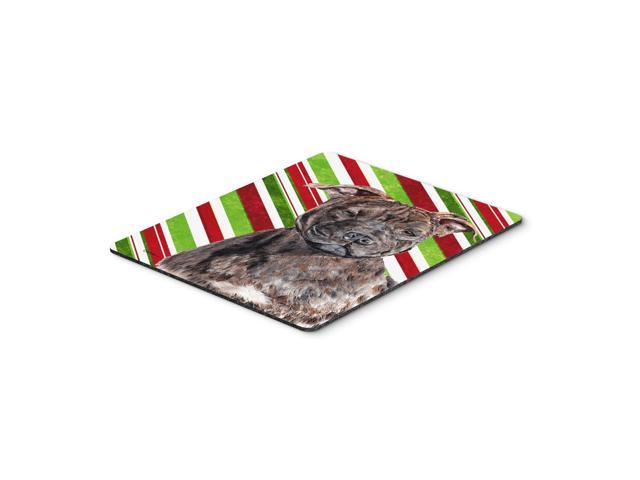Excerpt from The Days of Old and the Years That Are Past
From my birth, my nurse was an old mammy by the name of Dorcas; and as my brother Robert was younger than myself by only fourteen months, the care of him fell to her also. My youngest brother, Alfred, was about eighteen months old when his mother died, and his nurse was a good looking mulatto woman, twenty years old, by the name of Lizzie. She was discharged from her position as nurse because on one occasion, being de sirons of going to some social gathering and enraged because he would not go to sleep, she stuck a needle into the infant’s hip. This was the only instance of cruelty to a charge on the part of a nurse of the old regime that I ever heard of.
Old Aunt Dorcas requires more than a passing notice. She was a pure blooded negress, of dark brown complexion, straight in her figure, and at least five feet ten inches tall. I remember her as being always neat in her dress, cheerful, quiet in her man ner, and most affectionate, but stern in her management of my little brother and myself. One of the slaves brought to my father by his marriage, she was fond of my mother, and of course most affectionate to her orphaned children. She died about two years, or a little more, after the death of my mother. Her body was buried at The Oaks, the home of my grand mother. The last rites were performed by my father, who read the Episcopal burial service over her body. I remember that it was the deepest grave I ever saw. It was measured and found to be more than six feet deep; and having been dug into red earth in a dry season, the pile of earth just around the grave was enor mous in bulk.
About the Publisher
Forgotten Books publishes hundreds of thousands of rare and classic books. Find more at www.forgottenbooks.com
This book is a reproduction of an important historical work. Forgotten Books uses state-of-the-art technology to digitally reconstruct the work, preserving the original format whilst repairing imperfections present in the aged copy. In rare cases, an imperfection in the original, such as a blemish or missing page, may be replicated in our edition. We do, however, repair the vast majority of imperfections successfully; any imperfections that remain are intentionally left to preserve the state of such historical works.















